Turkey Hunting Tips for Strutter Decoys
Depending on the situation, full-strut turkey decoys can make or break your hunt. Here's what you need to know

But strutter decoys are not guaranteed to put a gobbler in your lap. The popular consensus seems to be that strutting gobbler decoys offer about a fifty-fifty chance - 50 percent of the time a gobbler will see the strutter decoy, spook and run for the hills; but the other half of the time, a gobbler will come in completely obsessed with the decoy and oblivious to you.
When strutter decoys do work, it's like magic and great fun to watch. And in the turkey hunting game, fifty-fifty odds are pretty good. With that said, there are a few key factors that will bring you more success when using strutter-style decoys.
REALISM
Just a few years ago, few hunters used strutter decoys. The majority opinion was that a big, strutting turkey decoy would scare off real gobblers. Truthfully, the few examples that were on the market probably did scare the heck out of a lot of turkeys. The decoys of yesteryear were bulky, awkward and looked fake.

The newest full-strut decoys are a lot more realistic than older decoys from years back, reports Rich Miller, sales rep for Carry-Lite Hunting Decoys and a turkey-hunting nut. The newer models also have a more aggressive look and posture. This new-and-improved design gets a totally different response out of gobblers than the old decoys used to.
Bottom line: For a strutting gobbler decoy to work, it needs to have a high-quality appearance. If your gobbler decoy doesn't look real, don't bother bringing it in the woods.
TIMING
My favorite time to use strutter decoys is the first part of the season, Miller says. A lot of gobblers are running together, and they're like a bunch of kids on the playground. They are confident in numbers, and will try to whip anything in the area.
When using a strutter decoy in the early season, you'll often see groups of gobblers approach your setup. I will sometimes also put a satellite jake decoy about 10 yards off to the side of a tom and hen, just to give my setup a realistic look. This might encourage others to join the party.
Midway through the season, Miler continues, I start using a lonely hen, or a jake with a single hen, because the gobblers have split up, seem to know their place and want less confrontation. Later in the season, when gobblers are starting to fight for the last of the unbred hens, I will go back to the strutter decoy, and it starts to work again.
Chris Parrish, calling champion, expert turkey hunter and pro staffer for Knight & Hale Game Calls, agrees with Miller.
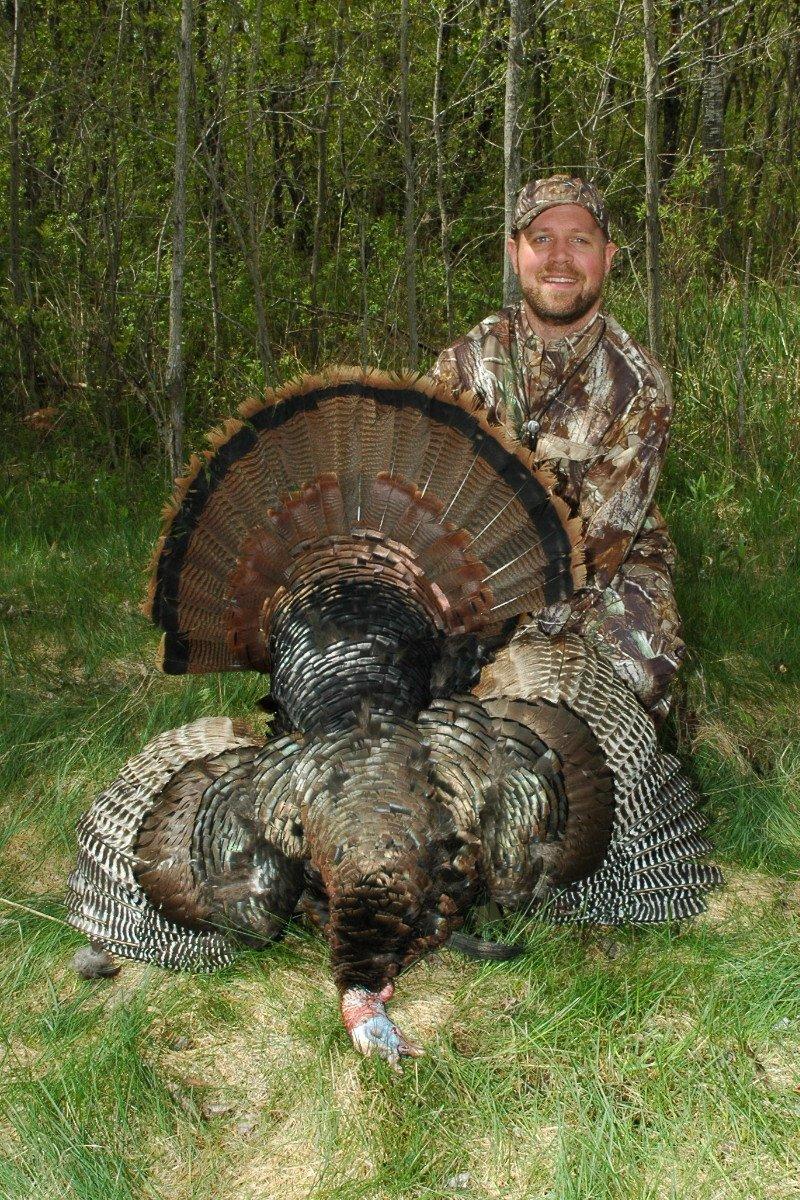
As for trying to figure out where the gobblers are in the breeding timeline, here's a good rule of thumb: If your tom decoy is scaring off potential gobblers, insert a jake fan instead. A strutting jake doesn't intimidate a mature gobbler, and will often provoke him to come in.
SETUP
When setting up a strutter decoy, keep these factors in mind.
Number of Decoys
As Parrish mentioned, there are two ways to set up a strutting decoy. You can place it behind a breeding-position hen (hen with belly on ground), or stand the strutter right next to a submissive hen. While it's true that using a lone strutting gobbler might give off the natural assumption that a hen is nearby, you should always give visual proof.
Distance from Blind
When bowhunting, I like the decoys about 15 yards out so that if a gobbler hangs up, he should still give me a 30- to 35-yard shot, which is as far as I like to shoot at a turkey, reports Parrish. With a shotgun, I like my decoys around 25 yards. Today's shotguns are capable of holding very tight patterns and can comfortably kill a turkey at 45 yards. Having some distance between you and the turkey leaves you a little room for aiming error.
Miller does it a little differently.
On opening day I usually set up in a field or food plot in a ground blind with my bow, he says. I normally set my strutting decoy about 10 yards from the blind. When I'm gun hunting I keep it about the same distance because even if the real gobbler skirts my setup, he will still be in range.
GREAT LOCATIONS
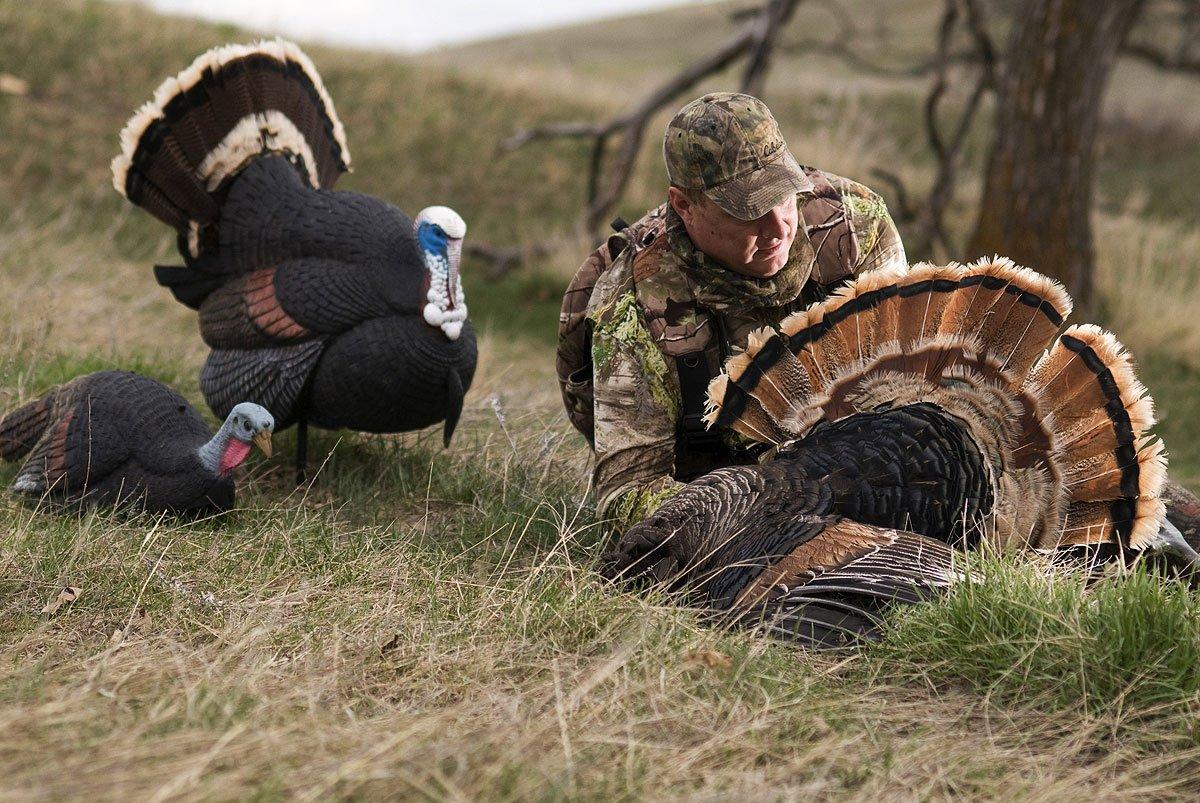
Field Edge
Put your strutter decoy where it can be seen from as many areas of the field as possible. I like placing them on a high spot or just off a bend in a field edge so they can be seen from a distance in either direction, Parrish says.
Logging Road
Place your strutter in a highly visible spot along a lane or an intersection of trails.
In this scenario, I position myself in the woods a few yards to one side, Miller explains. Then I will position the decoys past me (farther down the road) so when the turkeys come in they are looking past me. If you set the decoys directly between yourself and the turkeys, they are more likely to spot you.
Open Timber
Strutting is meant to be viewed by other turkeys, so find a place where turkeys can see your decoy.
When using a full-strut decoy, make sure it is visible, Miller says. Don't hide it. This might mean finding a high spot and trimming brush to make that decoy easier for turkeys to spot.
MOVEMENT
Add movement to your strutter decoy, and you will achieve more success. Big toms will be able to see your decoy move, and will believe that it's real.

Many decoys are also equipped with a stake that sways the decoy with a slight breeze. Having your decoy move in the wind adds a tremendous amount of realism to your setup. But wind is often unpredictable. It can sometimes be so strong it spins your decoy like a pinwheel, or so weak that it does nothing at all. Instead of hoping for the right wind, use a motion device decoy (see sidebar). This will put the power of movement in your hands.
Note: If the wind will allow it, a good rule of thumb is to face decoys toward you. This should bring the gobbler even closer to your shotgun barrel or broadhead. A gobbler will typically maneuver to look the decoy in the eye. With a motion device decoy, you can face a decoy toward you even if the wind doesn't quite cooperate.
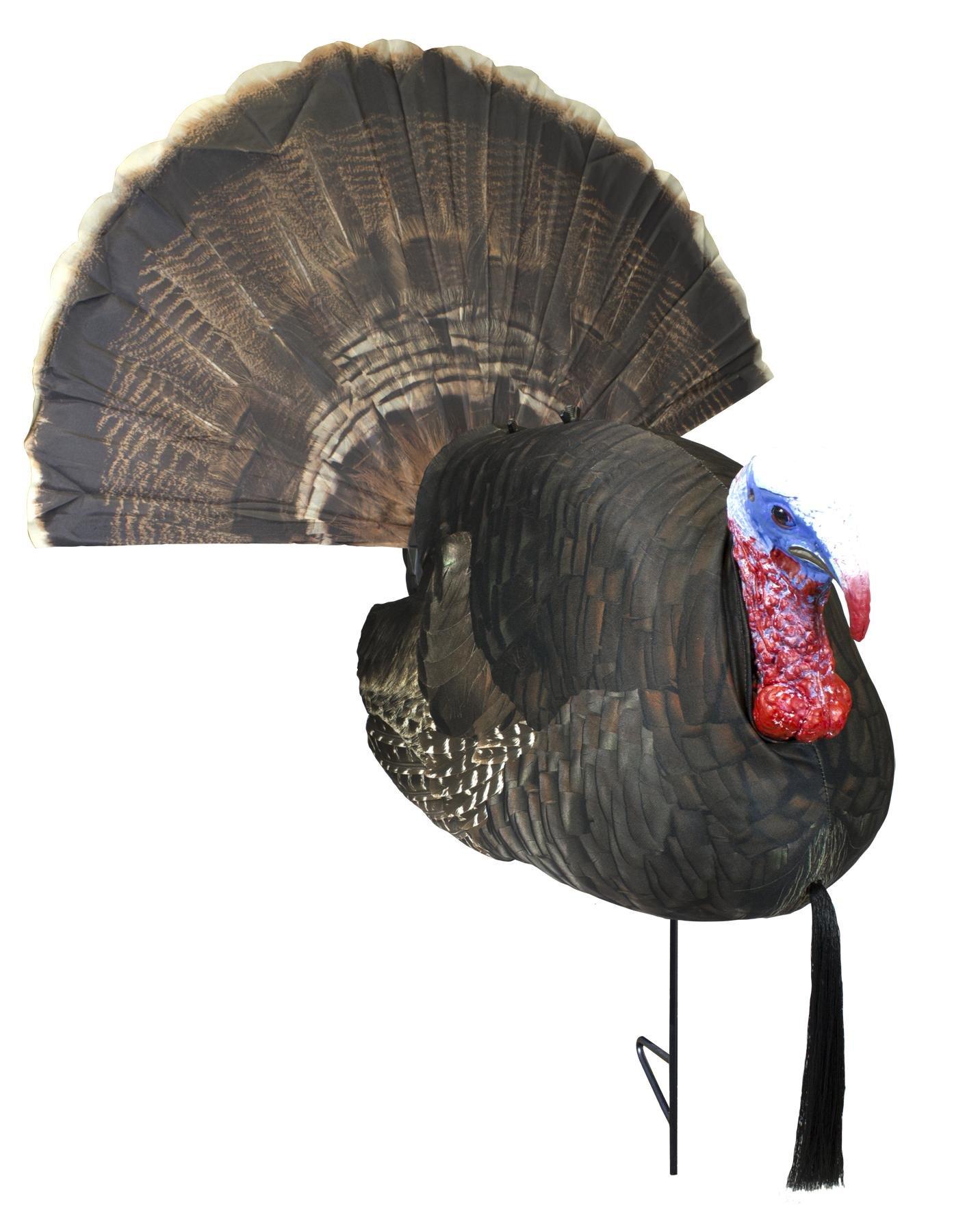
CONCLUSION: LOCK HIM IN
There is definitely a time and place for using strutter decoys in the spring woods. Just keep those factors in mind for a greater chance of success. The concept of a strutting decoy makes sense and it works when used at the right time in the right manner. Once a gobbler is locked in on a strutter decoy, it's tough to break his concentration. So take your time, enjoy the show and make a good, clean shot.
SIDEBAR:
Strutter Decoys and Accessories
DSD STRUTTER BY DAVE SMITH DECOYS
The strutter is 18 inches tall, 15 inches wide, and 15 inches beak to tail. It represents a bird of about 18 pounds and features a true-to-nature color scheme. Per customers' requests, it doesn't come with artificial wings or a tail fan, so you can add your own real ones and display him as a tom or jake. The decoy is made from A.C.E (Advanced Crosslink Elastomer), a hard-body material that is extremely durable and holds its shape and paint extremely well. www.davesmithdecoys.com.
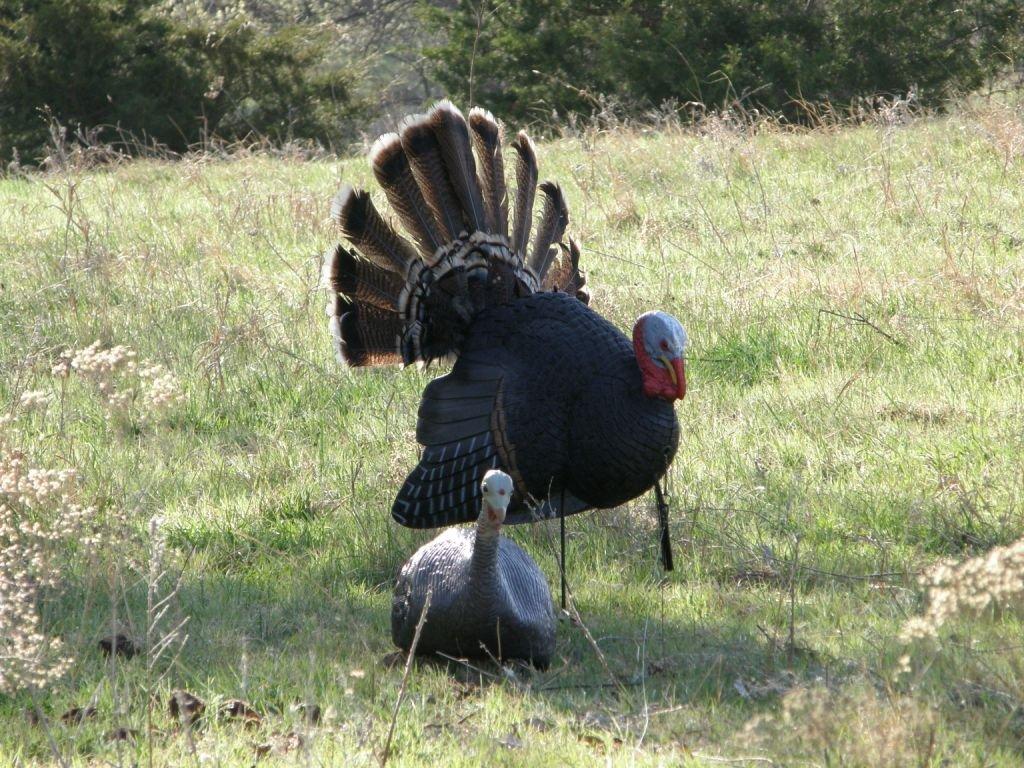
This gobbler decoy uses high-definition imagery to produce an incredibly realistic skin sculpted from a polyester/Lycra material to help the sunlight reflect its vivid colors and show off the detailed contours and texture. The full-strut decoy features a patented tail that moves in a natural, lifelike manner.
KILLER B BY PRIMOS
Killer B is an updated version of the B-Mobile. The paint scheme has more iridescent colors in the body and more red in his head. The decoy also features glass eyes from a taxidermist and a natural posture to make him look more like a strutting gobbler. His movement is in his tail fan: with a pull from a string the tail fan raises and lowers from full strut to 3/4-strut to flat. www.primos.com.
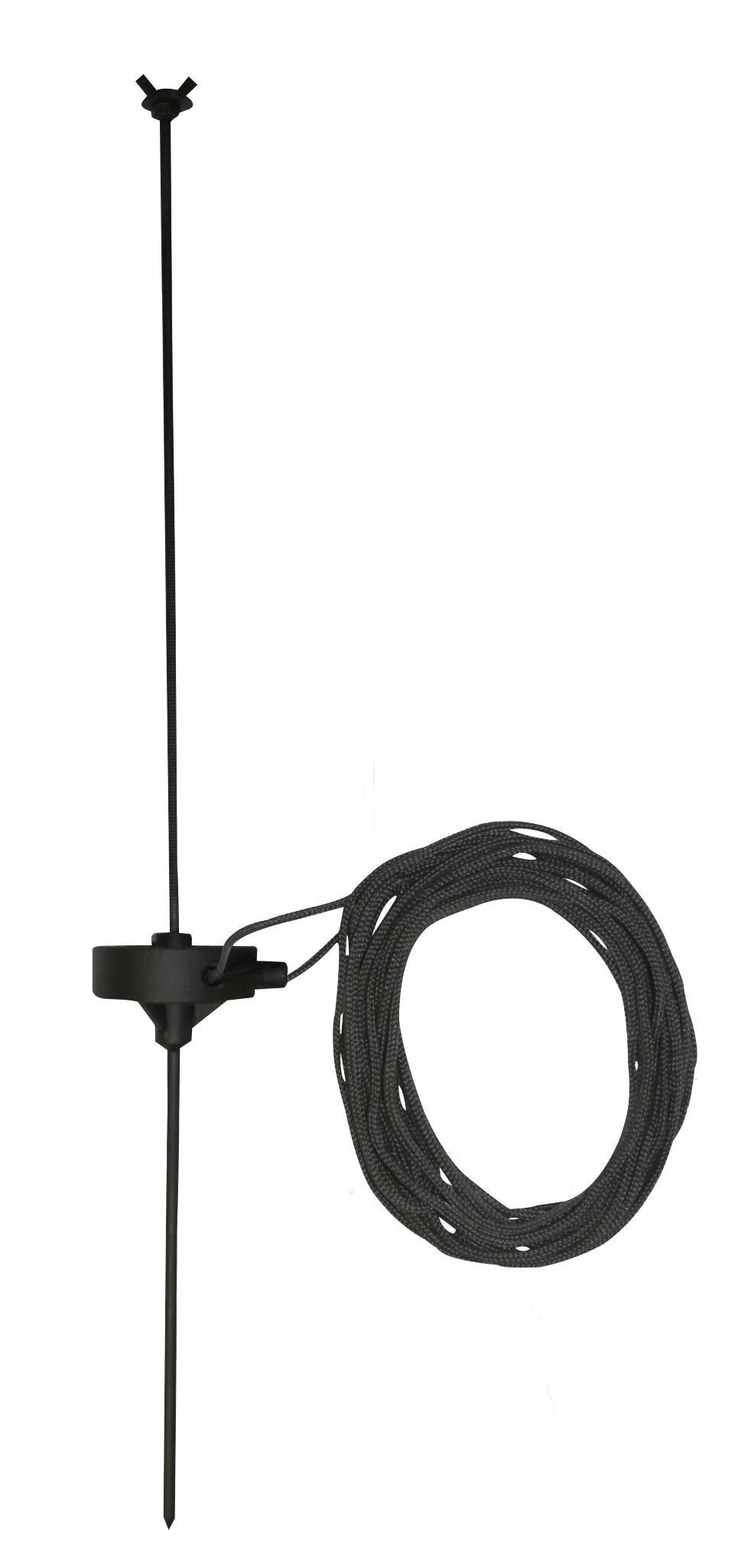
This compact, innovative device uses a small disk-and-pulley system to impart realistic hunter-controlled motion with a pull-string and handle. It works great, especially in states that don't allow electronic decoys. Once a decoy is secured, it can be swiveled in a 360-degree arc. The Lifeline 360 is compatible with most of today's gobbler or hen decoys. www.zinkcalls.com.
STRUTT'N 360 BY RJ DUNKIN CO.
www.rjdunkin.com







